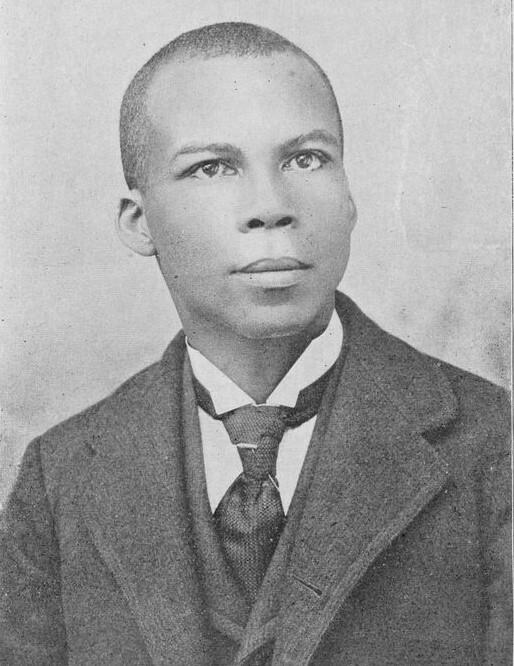Robert Charles O’Hara Benjamin, also known as R.C.O. Benjamin, was a Caribbean-born political activist, newspaper editor, minister, poet, teacher, author, and lawyer. He was born on the island of St. Kitts on March 31, 1855. Information about his parents is unknown, but we do know that Benjamin was sent to England as a young boy to study at Oxford and Trinity University, although he did not obtain a degree. Following his studies, he worked as a cabin boy on cargo ships, allowing him to travel extensively around the world before settling in New York City in 1869. He became an American citizen in 1876 and proceeded to live in various parts of the United States.
Benjamin’s introduction to prominent abolitionist Henry Highland Garnet and J.J. Freeman, the editor of “The Progressive American,” in New York as a teenager marked the commencement of his journalism career. Over the years, he established numerous Black-owned newspapers, such as the Negro American in Birmingham, Alabama, The Nashville Free Lance, Pittsburgh Colored Citizen, the Lexington (Kentucky) Standard, the Los Angeles Observer, and the San Francisco Sentinel. His bold editorials, which criticized local city officials, police, racist politicians, corrupt preachers, and anyone impeding the progress of the Black community, frequently incited violent attacks against him. His papers had a following, however, in the Black communities they served. The Lexington Standard, at one point, was widely recognized as a leading Black journal across the U.S.
Benjamin studied law with Nashville attorney Samuel Lowery, one of the most prominent Black lawyers in the U.S., and then moved to California in 1887, where he became the state’s first African American attorney after successfully passing the bar examination in Los Angeles. Benjamin practiced law in a dozen states, breaking barriers as the first African American attorney in numerous cities, including Winchester, Nicholasville, and Paris in Kentucky and Staunton in Virginia.
Benjamin was also a prolific writer, publishing numerous books and pamphlets over a nearly twenty-year span, including Poetic Gems (1883), Life of Toussaint L’Ouverture: Warrior and Statesman (1888), Don’t: A Book for Girls (1891), The Negro Problem: and the Method of Its Solution (1891), Southern Outrages; A Statistical Record of Lawless Doings(1894), Benjamin’s Pocket History, the American Negro: A Story of Thirty-One Years, from 1863 to 1894 (1894), Light After Darkness: Being an Up-to-Date History of the American Negro (1896), and Ethnology, Origin of The Negro (1899).
Robert Charles O’Hara Benjamin’s life ended abruptly on October 2, 1900, when he was fatally shot in Lexington, Kentucky, by a white poll worker named Michael Moynahan. Benjamin was trying to assist local African Americans in registering to vote at a notoriously racist precinct known as Bloody B when he confronted Moynahan, who then shot him in the back. Despite being promptly arrested, Moynahan was later acquitted of all charges on the grounds of self-defense. Benjamin was only 45 at the time of his death.


